In our increasingly urbanized world, public parks serve as crucial sanctuaries for wildlife, providing green spaces where animals can thrive alongside human activity. However, these shared environments face a persistent threat: littering. Beyond mere aesthetic concerns, the discarded wrappers, plastic bottles, and food containers that pepper park landscapes create profound disruptions in animal behavior patterns. While many visitors may carelessly toss aside trash without a second thought, these actions trigger a cascade of behavioral changes in park wildlife—from altered feeding habits to increased human habituation and even population-level impacts. Understanding how our waste affects the creatures with whom we share these spaces reveals the true ecological cost of littering, one that extends far beyond unsightly landscapes to fundamentally reshape animal lives and potentially destabilize entire ecosystems.
Altered Foraging Patterns and Dietary Changes
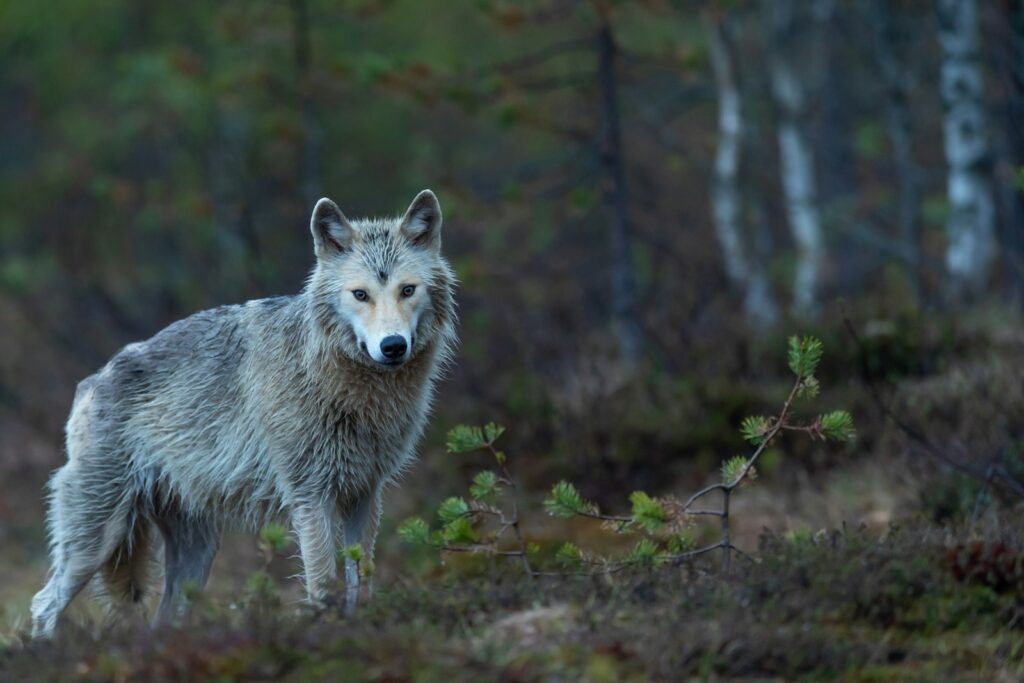
Littering in parks significantly alters natural foraging behaviors as animals become attracted to human food waste. Wildlife that would typically spend hours searching for natural food sources can quickly learn that scavenging through trash requires less energy and provides calorie-dense, albeit nutritionally poor, alternatives. Squirrels, once primarily seed and nut foragers, may shift to prioritizing discarded sandwich remnants and chips, fundamentally changing their dietary composition. Over time, this behavior modification can spread through animal populations as young animals learn from adults that human waste sites are reliable food sources. Research has shown that in heavily littered areas, some species spend up to 75% less time engaging in natural foraging behaviors, representing a dramatic shift in how these animals interact with their environment.
Human Food Dependency and Nutritional Consequences
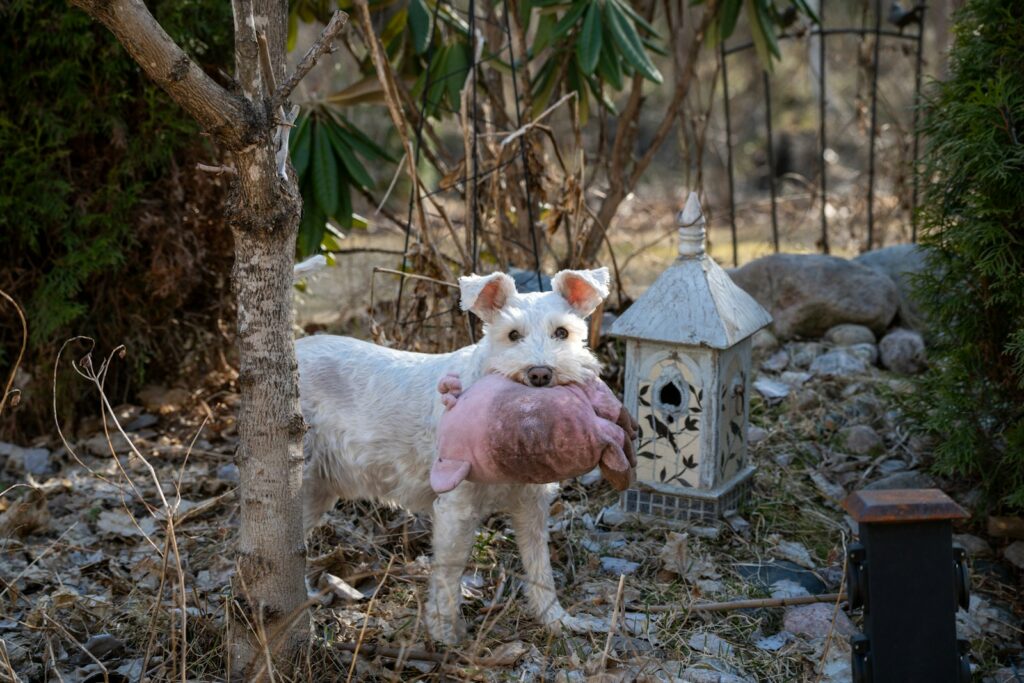
As park animals begin regularly consuming human food waste, they often develop dependencies that have severe nutritional consequences. Wildlife digestive systems evolved to process natural food sources—not the high-fat, high-sugar, and heavily processed items that dominate human diets. Raccoons, opossums, and other opportunistic feeders consuming littered food regularly show increased rates of obesity, dental disease, and malnutrition despite having full stomachs. The nutritional imbalance is particularly concerning for growing animals, whose development can be permanently compromised by improper nutrition during critical growth periods. Additionally, seasonal eating patterns crucial for preparing animals for winter or migration can be disrupted when artificial food sources remain available year-round, potentially affecting survival during challenging environmental conditions.
Increased Human-Wildlife Conflict

Littering creates focal points for increased human-wildlife interaction, often leading to conflict situations that would otherwise be avoided. Animals conditioned to associate humans with food become bolder, approaching people and picnic areas with increasing frequency and persistence. This behavioral change manifests in wildlife that may normally be shy or nocturnal becoming diurnal and confrontational, sometimes resulting in aggressive encounters when expected food isn’t provided. In urban parks with high visitation, rangers report significantly more incidents requiring intervention when littering is prevalent, with some parks documenting a 300% increase in problematic wildlife encounters in heavily littered areas compared to well-maintained zones. These conflicts ultimately endanger both humans and animals, sometimes resulting in euthanasia for wildlife deemed too habituated or aggressive to coexist safely with park visitors.
Habitat Contamination and Territorial Shifts
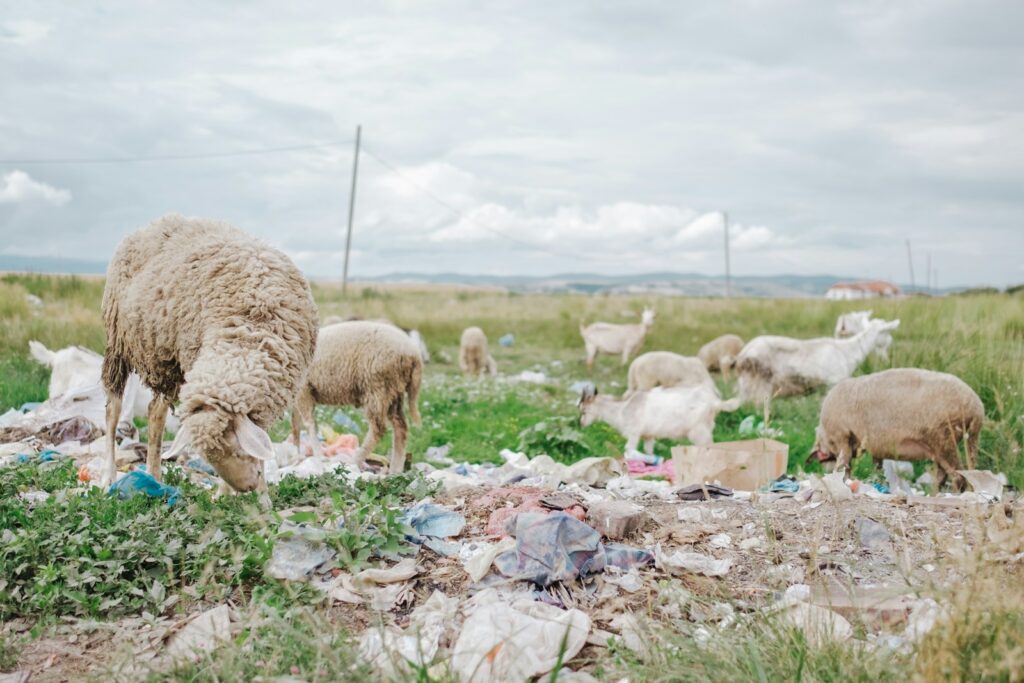
Litter doesn’t just affect feeding behaviors—it fundamentally alters how animals perceive and use their habitat within parks. Chemical leaching from discarded products can contaminate soil and water sources, creating zones that sensitive species actively avoid. Conversely, areas with concentrated food waste become hotspots of activity for dominant or opportunistic species, effectively reshaping territorial boundaries based on human trash distribution rather than natural habitat features. Research using GPS tracking has demonstrated that some bird species will abandon traditional nesting areas when litter density reaches certain thresholds, while others, particularly corvids like crows and jays, will actively relocate to littered areas. These territorial shifts create ripple effects throughout the ecosystem, as interspecies relationships and predator-prey dynamics adjust to these artificially created resource patches.
Disease Transmission Risks
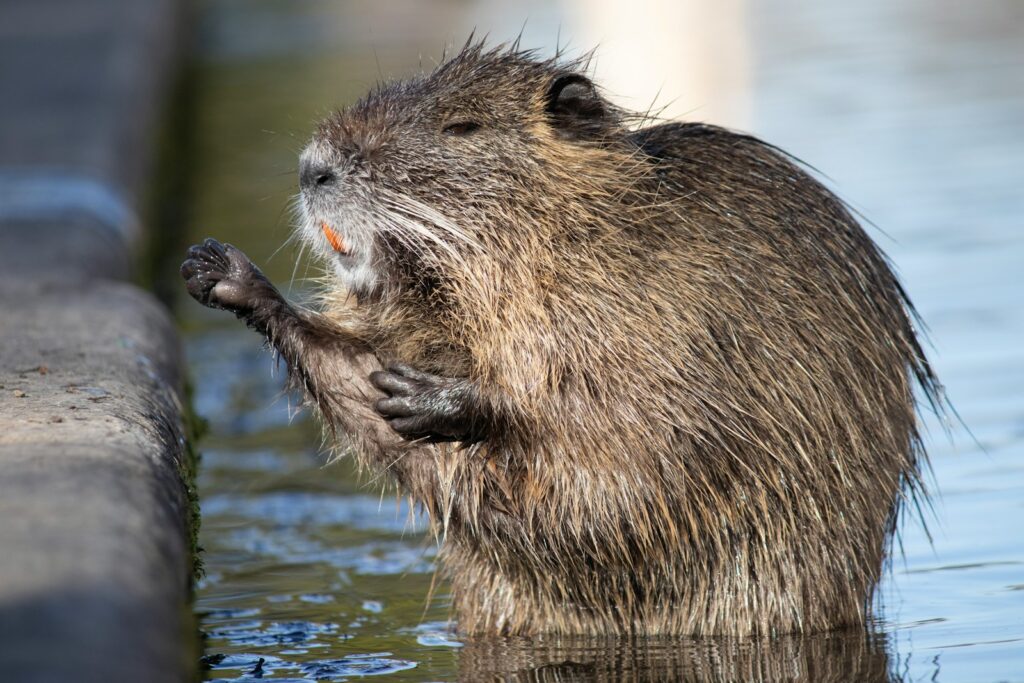
Concentrated feeding at litter sites significantly increases disease transmission among park wildlife populations. When multiple animals gather to feed on waste in close proximity, pathogens can spread rapidly through direct contact, shared saliva, or contaminated items. Studies tracking wildlife health in urban parks have documented higher rates of infectious disease in areas with persistent littering problems compared to cleaner sections. Particularly concerning are zoonotic diseases—those capable of jumping between animals and humans—which find ideal transmission conditions in environments where wildlife and human waste frequently intersect. Additionally, discarded food that has begun to spoil can harbor bacteria and molds that cause food poisoning in animals, leading to increased mortality rates, especially among young or already compromised individuals who cannot withstand the effects of severe gastrointestinal illness.
Reproductive and Population Effects
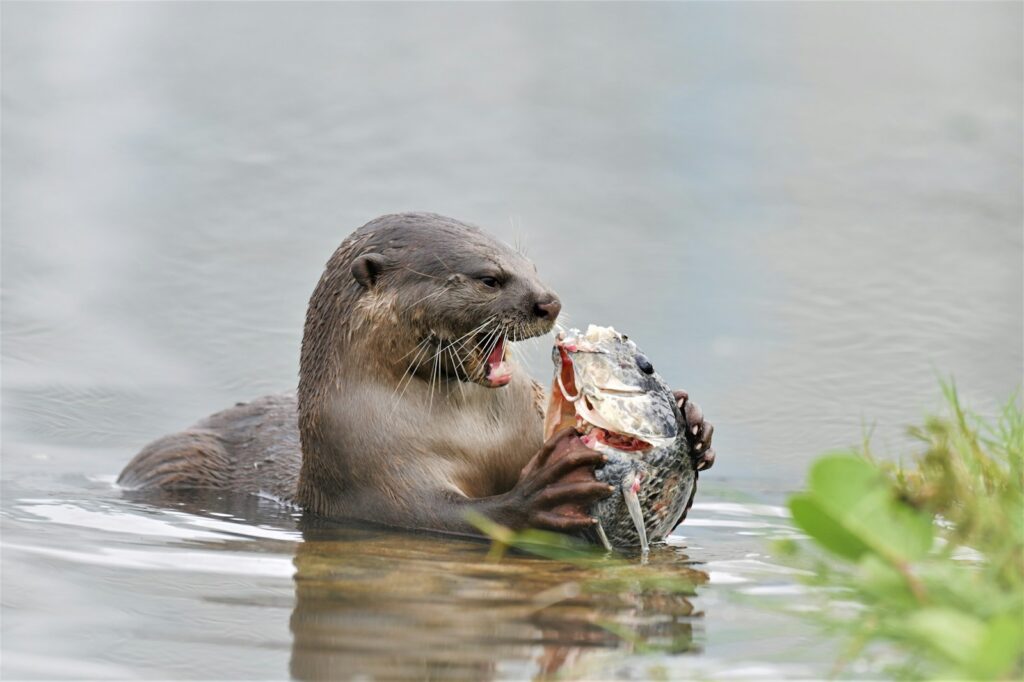
The availability of artificial food sources through littering can disrupt natural population controls within park ecosystems. Species that successfully exploit human waste often experience population booms, reproducing at higher rates and with greater survival of young than would be possible with natural food resources alone. For example, urban parks with significant littering problems often support rat populations many times denser than comparable natural areas, creating imbalances that ripple throughout the food web. Conversely, species sensitive to human disturbance or unable to compete effectively at litter sites may experience population declines. The resulting shift in community composition can permanently alter ecosystem functions, with some parks reporting complete losses of certain bird or small mammal species following years of heavy human impact and littering.
Physical Injuries from Litter Items
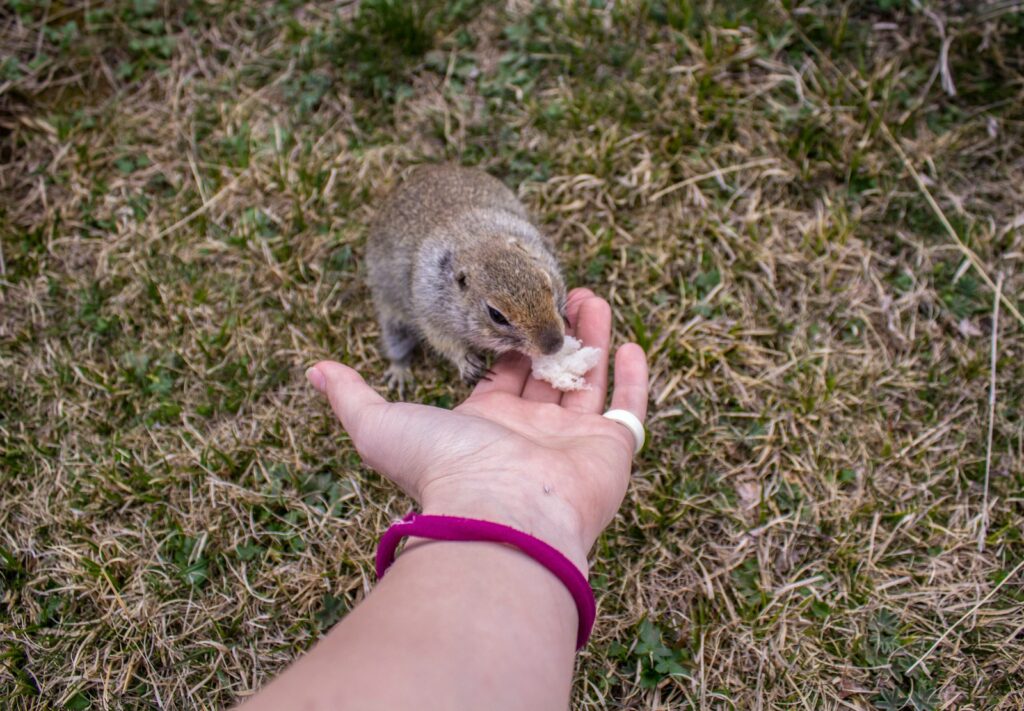
Beyond the behavioral impacts, littered items frequently cause direct physical harm to park wildlife. Animals investigating discarded containers often get heads or limbs stuck in packaging, leading to injury or death if they cannot free themselves. Sharp items like broken glass or metal can cause lacerations that become infected, while plastic rings from beverage containers notoriously entangle birds and small mammals. Wildlife rehabilitation centers near urban parks report that approximately 30% of their admissions involve animals injured by human-created materials, with many cases proving fatal despite intervention. Particularly tragic are the slow deaths that occur when animals ingest non-food litter items like plastic bags or balloon fragments, which can cause intestinal blockages that lead to starvation over days or weeks as the animal gradually weakens.
Psychological Stress and Behavioral Abnormalities
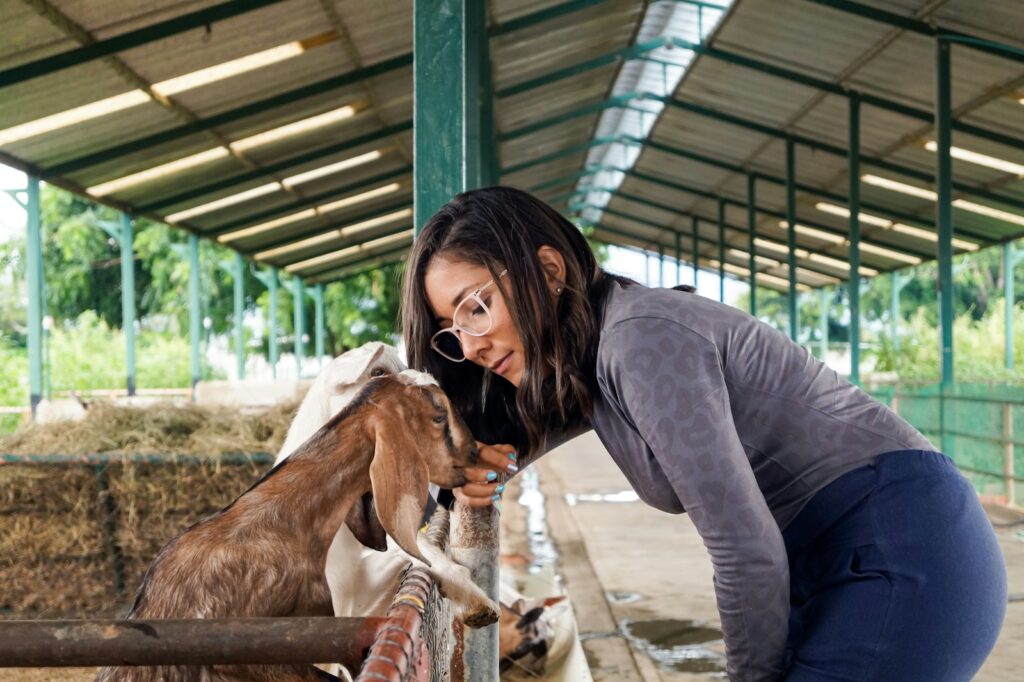
Living in littered environments creates chronic psychological stress for park wildlife, manifesting in observable behavioral abnormalities. Animals navigate their world primarily through sensory information, and the unnatural sights, smells, and textures of litter create constant environmental disruption that can trigger stress responses. Researchers have documented increased stereotypic behaviors—repetitive movements with no apparent purpose—in mammals living in heavily littered areas, similar to behaviors seen in captive animals experiencing psychological distress. Additionally, normal social behaviors like grooming, play, and communal resting appear reduced in frequency in some species when litter is prevalent. Perhaps most concerning, parenting behaviors can be compromised when animals spend excessive time interacting with or consuming litter, sometimes resulting in neglected offspring or inappropriate nesting materials collected from trash.
Seasonal Variations in Litter Impact

The effects of littering on park wildlife behavior vary dramatically with seasonal changes in both human and animal activity. Summer months typically see peak littering as increased park visitation corresponds with outdoor dining and recreation, creating sudden abundance in artificial food sources that animals quickly exploit. This seasonal pulse of resources can disrupt natural migration patterns, with some migratory birds delaying departure when artificial food remains plentiful. Winter presents different challenges, as some litter becomes buried under snow but creates concentrated feeding sites where available, potentially increasing competition and aggressive encounters among wildlife. Spring is particularly vulnerable for breeding animals, as litter items incorporated into nests can cause injury to young or create unstable structures, while parent animals feeding on trash may transfer harmful substances to offspring through milk or regurgitated food.
Habitual Behavior Development in Young Animals

Perhaps the most lasting impact of littering comes through observational learning, as young animals develop lifelong behavioral patterns based on early experiences with human waste. Juvenile animals born in littered park environments observe parents and other adults exploiting trash for food, and this behavior becomes normalized during critical developmental windows. Studies of urban wildlife show that animals raised with access to human litter develop different problem-solving approaches than their rural counterparts, often prioritizing investigation of human-associated items even when natural alternatives are available. This learned behavior creates generational effects, as each successive cohort becomes more human-oriented in their foraging strategies. Once established in early development, these behavioral patterns prove extremely difficult to reverse, even if management practices later reduce available litter.
Impacts on Nocturnal vs. Diurnal Species

The behavioral effects of littering manifest differently between day-active and night-active park wildlife, creating distinct ecological pressures. Diurnal species experience direct competition with humans for space and must navigate active littering events, often developing heightened vigilance behaviors or altered activity timing to maximize access to fresh trash while minimizing human encounters. Nocturnal animals, meanwhile, have evolved specialized adaptations for finding food in darkness that become less necessary when illuminated park trash cans and concentrated litter sites provide easy foraging opportunities. Researchers using camera traps have documented significant temporal shifts in activity patterns, with traditionally nocturnal species like opossums and raccoons appearing during daylight hours to access prime littered areas, particularly during high-use weekends or holidays. This temporal niche shifting increases potential for conflict between species that would normally avoid competition by being active at different times.
Conservation and Management Implications

Understanding the complex behavioral impacts of littering on park wildlife has critical implications for conservation and park management strategies. Traditional anti-littering campaigns focusing solely on aesthetic concerns often fail to communicate the profound ecological disruptions caused by seemingly minor trash items. Park managers implementing evidence-based approaches have found success with wildlife-proof trash receptacles, strategic placement of disposal sites away from sensitive habitat areas, and educational signage specifically illustrating how litter affects local species. Some innovative parks have instituted volunteer monitoring programs where regular visitors document wildlife behavior changes around problem areas, creating valuable data for adaptive management. The most successful litter reduction programs typically combine infrastructure improvements, enforcement of regulations, and targeted education about species-specific impacts, recognizing that different visitors respond to different motivational messages.
Citizen Science and Public Engagement Solutions

Addressing wildlife behavioral changes due to littering increasingly involves park visitors themselves through citizen science initiatives and community engagement. Mobile applications allowing visitors to document both litter hotspots and unusual wildlife behavior create valuable datasets while simultaneously raising awareness about the connection between human actions and animal responses. Community clean-up events organized around critical wildlife periods—such as before nesting season—have demonstrated measurable improvements in natural behavior resumption following litter removal. Educational programs targeting children have proven particularly effective, as young people often become enthusiastic advocates for wildlife protection after understanding the consequences of littering. The dual benefit of these engagement approaches lies in both the immediate reduction of litter and the cultural shift toward viewing parks as shared ecological communities rather than merely human recreational spaces.
Conclusion

The seemingly small act of littering creates profound and far-reaching consequences for park wildlife, fundamentally altering how animals feed, interact, reproduce, and ultimately survive in these shared spaces. From nutritional deficiencies to increased disease transmission, from territorial shifts to generational behavioral changes, the ecological ripples of our discarded wrappers and containers extend throughout entire ecosystems. As research continues to illuminate these complex relationships, it becomes increasingly clear that anti-littering efforts represent far more than aesthetic concerns—they are essential conservation actions with direct impacts on animal welfare and ecosystem health. By understanding and communicating how our waste shapes animal behavior, we gain powerful motivation to change our own habits and protect the wild residents with whom we share our public green spaces. The true cost of littering is paid not just in unsightly landscapes but in altered animal lives and diminished ecological integrity.

